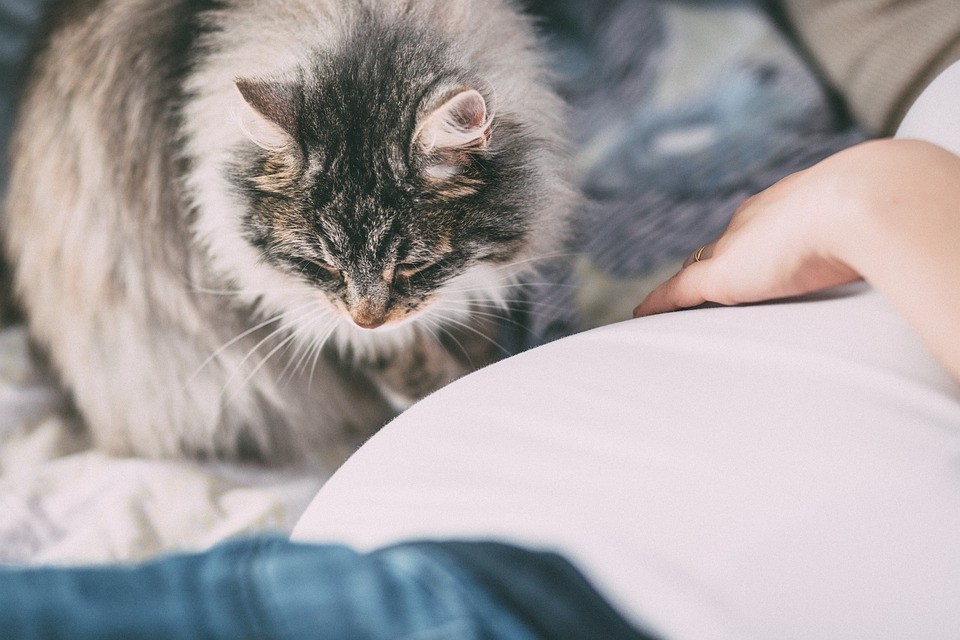First results of the "Cats Project" were published in the international project Russia Beyond

While cat allergies are twice as common as dog allergies, attempts to develop a vaccine have not met with success. Scientists, however, are making significant progress, and labs in Russia in Austria are trying to find a cure.
There are a number of known cat allergens, and developing a vaccine to target all of them is difficult. One of the most well-known cat allergy therapies, Cat-SPIRE, was unsuccessful: a late-stage clinical trial showed the a placebo was just as effective as the vaccine.
Russian and Austrian scientists, however, are developing a genetically engineered vaccine. Sechenov University in Moscow and the Medical University of Vienna launched the ‘Cat Project,’ which hopes to find new medication that will be effective against all known feline allergens.
According to Alexander Karaulov from the Sechenov University's Institute of Molecular Medicine, cat allergens are proteins found in cat hair, saliva, sweat and litter. Scientists believe it's important that the new medication is based not on natural proteins, but on recombinant versions that are created artificially using biotechnological methods.
"All eight recombinant allergens have already been created. We are now going to study the action of their different combinations in the vaccine," noted Karaulov.
Researchers said they’ve already made progress using proteins for the vaccine. They're artificial and not from cats.
“We reduced their allergenic potency to make the therapy easier for patients, We will be able to vaccinate pregnant women so that they will transfer these antibodies to their babies" , said Prof. Rudolf Valenta from the Medical University of Vienna.
The new medication will produce protective antibodies that prevent cat allergy symptoms from developing in people. Later, it should be possible to use this medication to entirely prevent the development of cat allergies.
The full article is available via the link.

